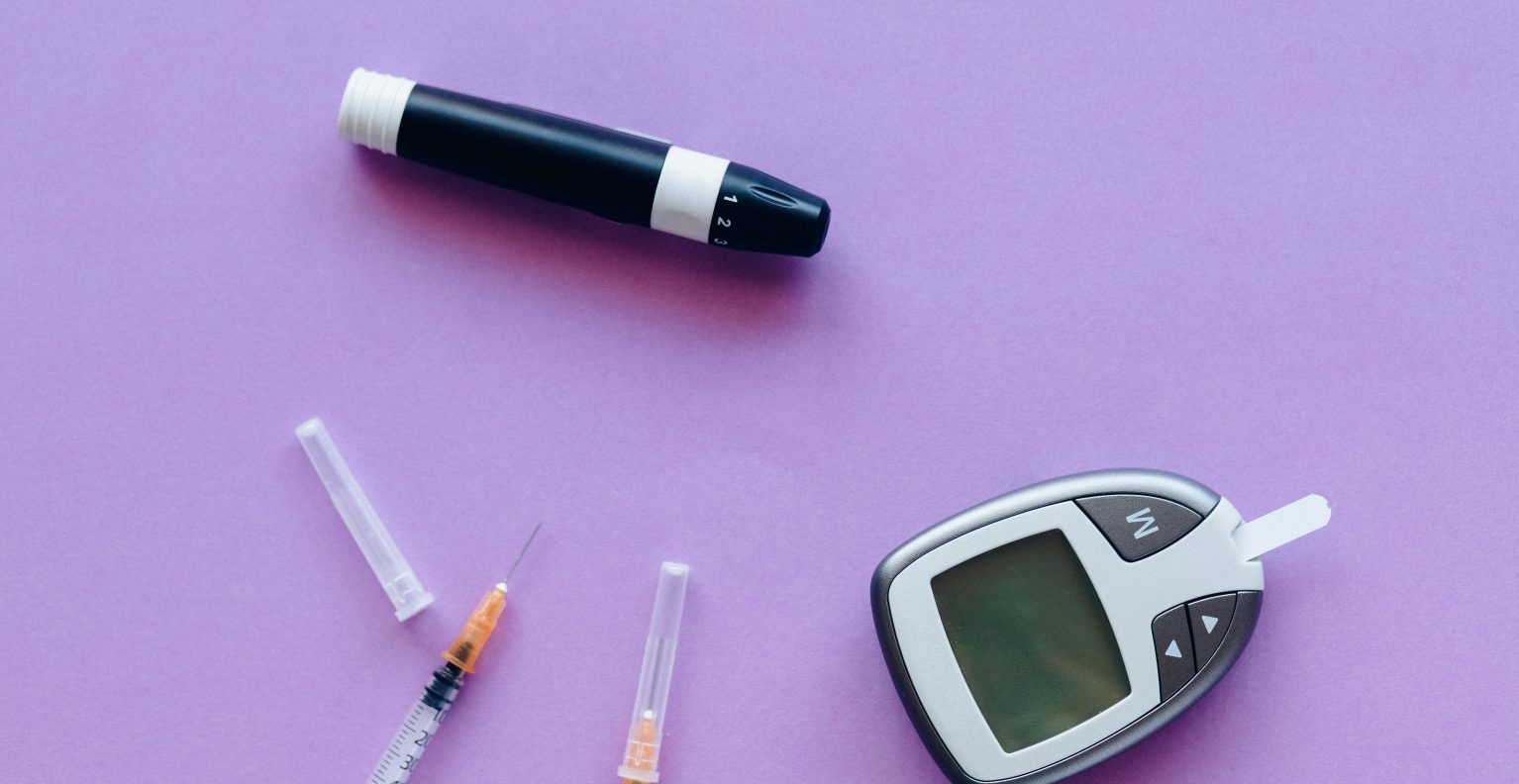01/05/2024 ![]() 6 minuti
6 minuti
Phimosis is a medical condition for which it is difficult, if not impossible, to uncover the glans of the penis due to a narrowing of the foreskin. One of the lesser known causes of phimosis is diabetes, a chronic condition that affects blood sugar levels.
In this article we will explore the relationship between phimosis and diabetes and the treatment options available to effectively treat phimosis in diabetic patients.
What is the relationship between phimosis and diabetes?
Diabetes is a chronic condition that occurs when blood sugar (glucose) levels are too high. This happens because the body does not produce enough insulin-a hormone produced by the pancreas that helps cells use glucose for energy-or because cells do not respond properly to the insulin produced.
Adults with diabetes are more likely to develop phimosis caused by balanitis or balanoposthitis. The person with diabetes is more at risk for local accumulation of sugars that draws bacteria and other microorganisms under the preputial skin that contribute to inflammation of the tissues around the penis. The inflammation, if it persists, can lead to complete closure of the foreskin (tight phimosis).

The balanitis inflammation
Balanitis is inflammation of the mucosa of the glans, the end of the penis. This inflammation can also affect the foreskin (balanoposthitis) or the urethral canal inside the penis (urethritis). Balanitis is a relatively common condition in men between the ages of 15 and 70, with an increased risk for people with diabetes.
Balanitis is generally caused by:
- A bacterial infection (Streptococcus pyogenes, Staphylococcus aureus, Neisseria gonorrhoeae, Chlamydia trachomatis, Escherichia coli)
- A fungal infection (Candida albicans).
- Balanitis is facilitated by poor intimate hygiene.
In patients with diabetes, one of the most common causes of balanitis is a fungal candida infection. In most cases, candida-derived balanitis can be cured with antibiotics and antifungal drugs; however, repeated inflammation caused by balanitis can result in the development of fibrosis and scarring on the foreskin, which, in turn, causes phimosis.
Balanoposthitis
Balanopostitis is an inflammation of the mucosa of the glans (balanitis) and foreskin (postitis), which is the skin that covers and protects the head of the penis. This condition can occur in men of all ages and is often associated with a variety of causes, including bacterial, fungal, or viral infections, metabolic diseases such as diabetes, and the presence of phimosis.

Typical symptoms of balanoposthitis include redness, swelling, itching, burning, pain, whitish or yellowish discharge, and sometimes ulceration or lesions on the surface of the involved skin. In some cases, as mentioned above, narrowing of the foreskin, known as phimosis, may also occur.
Phimosis caused by diabetes: how to treat it with Phimostop
To treat phimosis caused by diabetes, circumcision surgery is recommended in most cases. While this is certainly a permanent solution, a whole range of psychological and human implications that the patient must face before undergoing such a procedure are not taken into account.
This is why Phimostop, an alternative solution to phimosis surgery, was born. Phimostop is a patented medical device, validated by the Ministry of Health and the subject of clinical research conducted by the Polyclinic of the University of Tor Vergata in Rome with publication in the international journal “Translational Andrology and Urology” in 2021.
Phimostop is the only medical device designed to treat phimosis without circumcision surgery, thanks to 22 medical silicone elements. This device is based on the application of an established principle: the natural ability of the skin to dilate under appropriate progressive dilating devices. The tuboids are designed to elasticize the phimotic ring by the well-established technique of dilating the skin when subjected to progressive and constant pressure. In case of relapse from diabetic phimosis, the right tuboid can be inserted immediately to “block” the emergence of the new phimosis.
Phimostop represents the only medical device approved by the Italian Ministry of Health for the non-surgical treatment of phimosis.

Want to know more?

